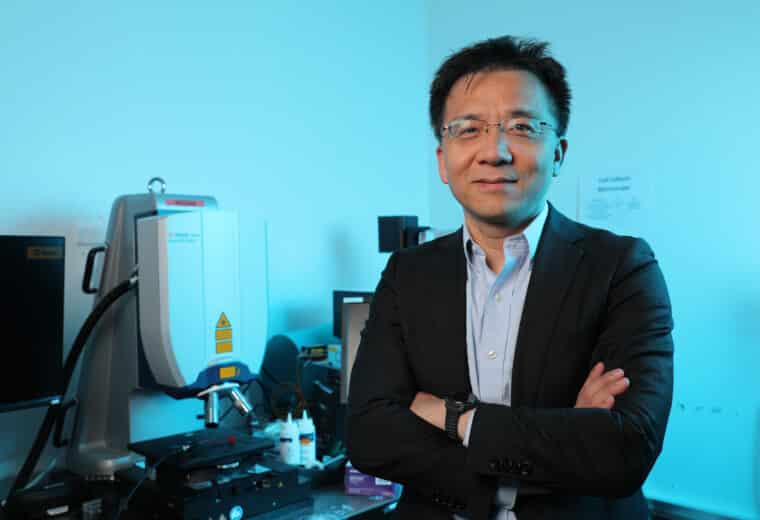
For Securing the Nation’s Energy Supply, North Carolina Is Critical
The Symposium on Critical Resources, Minerals, and Materials Joint Efforts showed the research Duke Engineering faculty are conducting on critical minerals like lithium.

If humanity is to harvest solar energy economically, make quantum computing practical and solve other grand challenges, it must develop new materials and it must design robust systems to manage autonomous machines.
Duke BME is working to enable a better tomorrow by transcending the traditional definitions mechanical engineering and materials science.
Our 300 undergraduate and graduate students are studying in high-priority topics areas, including energy, aerospace, soft matter, health care, computer modeling, and autonomous machines.

The Symposium on Critical Resources, Minerals, and Materials Joint Efforts showed the research Duke Engineering faculty are conducting on critical minerals like lithium.

Huang was recognized for his work on “acoustic tweezers”: a technology that uses sound waves to maniopulate particles in fluids, with promising applications in biology and medicine.

Chen’s research focuses on developing full-stack robotics that includes the mechanical structures as well as its AI-based software.